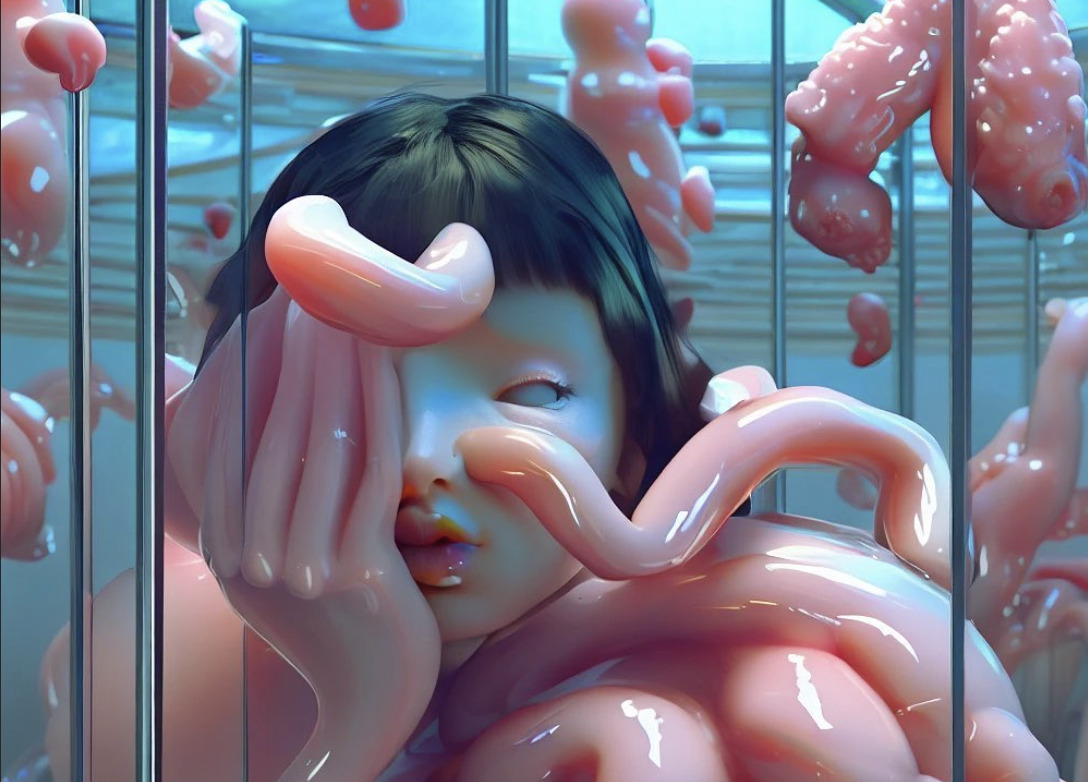Interview by Belén Vera
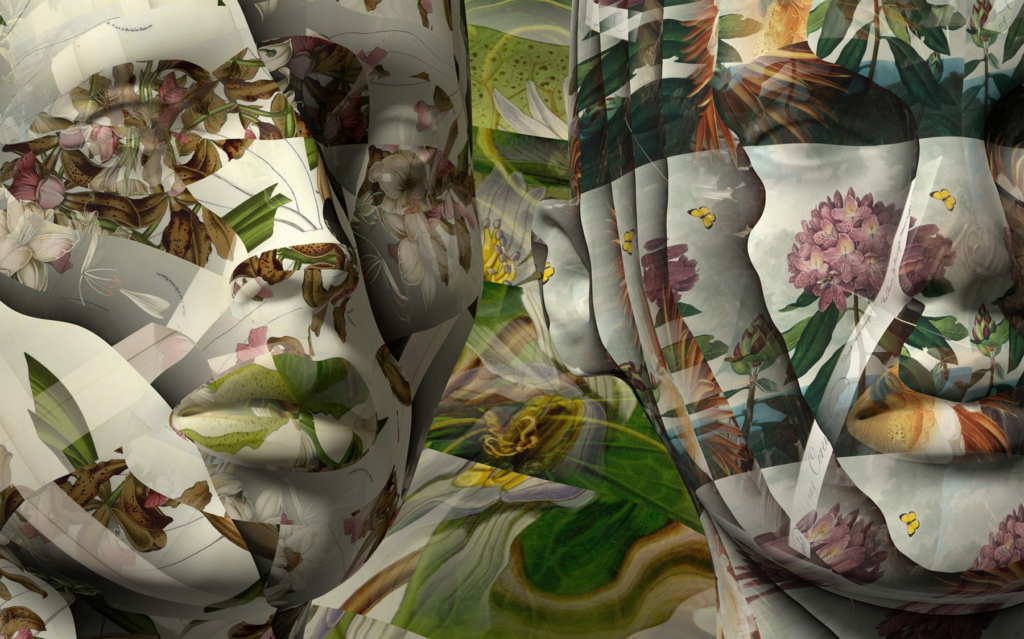
With a deep sense of community and diversity, the 6th edition of The Wrong Biennale arrives to show the world the most cutting-edge art around. By challenging stereotyped and obsolete ways of showcasing, The Wrong advocates seemingly obvious models that often little have to do with current biennials’ idiosyncrasies. Furthermore, its inherent virtual nature makes adjectives such as global, multicultural and collaborative obvious. However, other attributes like being independent and decentralised are the result of a conscious effort made by The Wrong Studio led by its founder David Quiles Guilló. Because, what good is a digital and mostly online biennial if it cannot incorporate characteristics, one day utopian, and that encompasses what Web3 and the new formats fostered by new technologies become?
The 6th edition of The Wrong Biennale not only increases the number of participants: artists, curators and embassies, as well as the institutional recognitions, but it also willingly assimilates the speed of new creative languages, tools and formats. It encourages an original and independent model of curatorship that provides a varied and eclectic approach to what’s going on in the art world and that makes us understand those common human experiences and shared values regardless of the different cultural backgrounds.
Gone are old comparisons with other important biennials, The Wrong takes a step further. In addition to consolidating itself as the epitome of contemporary digital culture and, therefore, of artistic experimentation and innovation, its model insists on blurring geographical borders, remaining open to all those artists who have something interesting to say, regardless of their kind and origin. The result is a refreshing alternative to traditional models of showcasing art that provides artists with a completely free, interconnected and global space.
On the occasion of the 10th anniversary of The Wrong Biennale (running until March 1st 2024), David Quiles Guilló returns to his origins as an editor at Rojo magazine to present us “Book”, an imaged-based limited edition magazine containing works of artists who have participated in The Wrong Biennale and The Wrong Televisión, as well as others artists who have sent their work even if they are not part of it. He tells us about it, the Wrong Biennale and and a lot more.

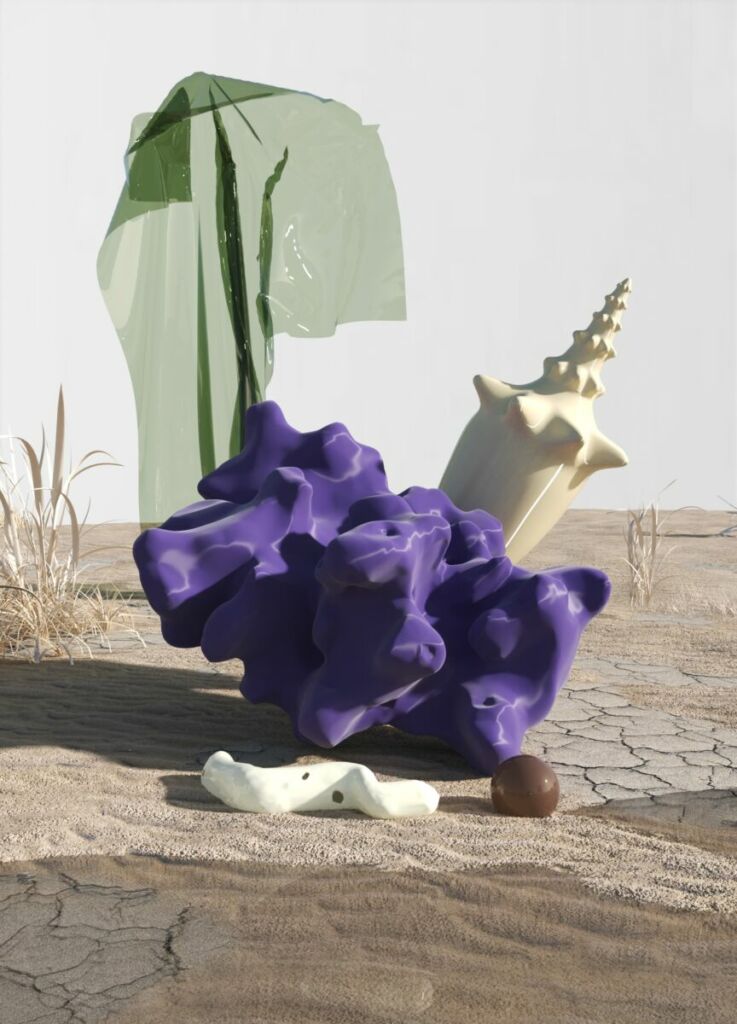

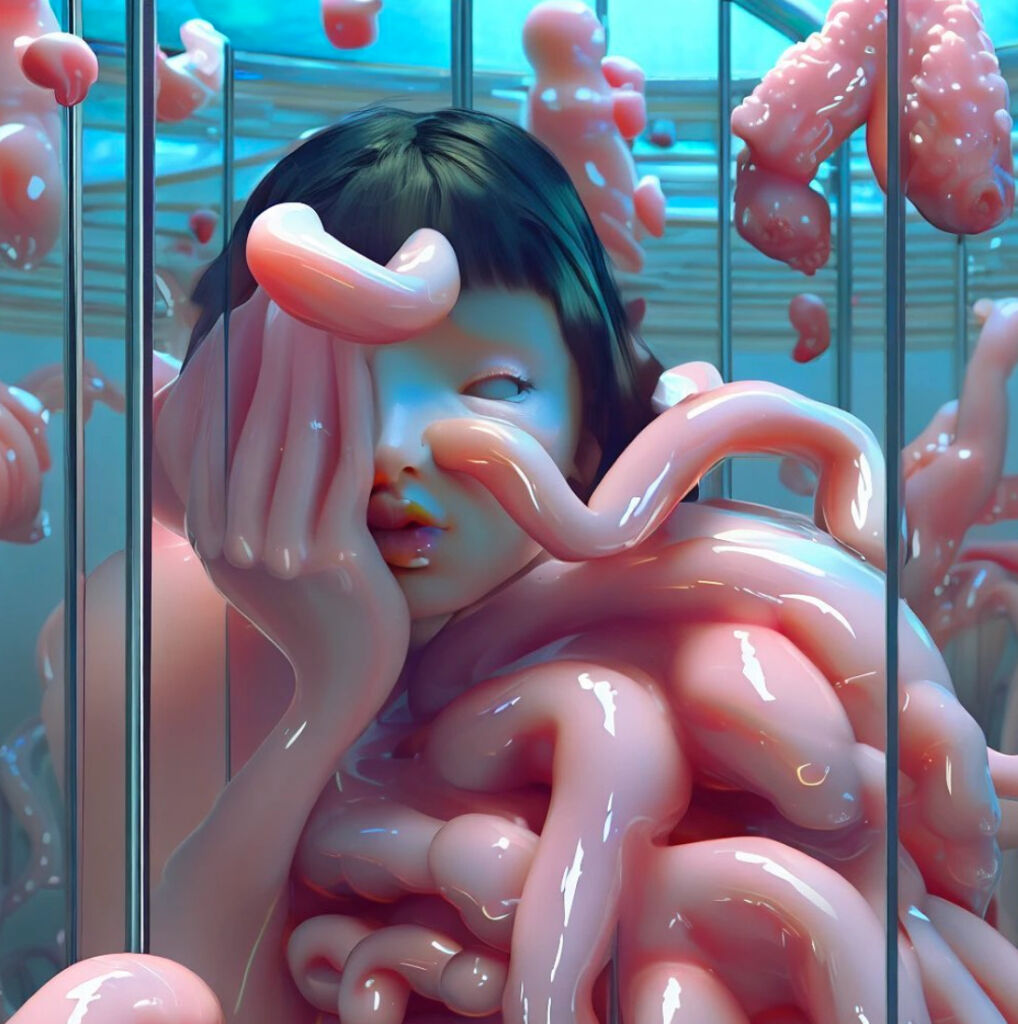
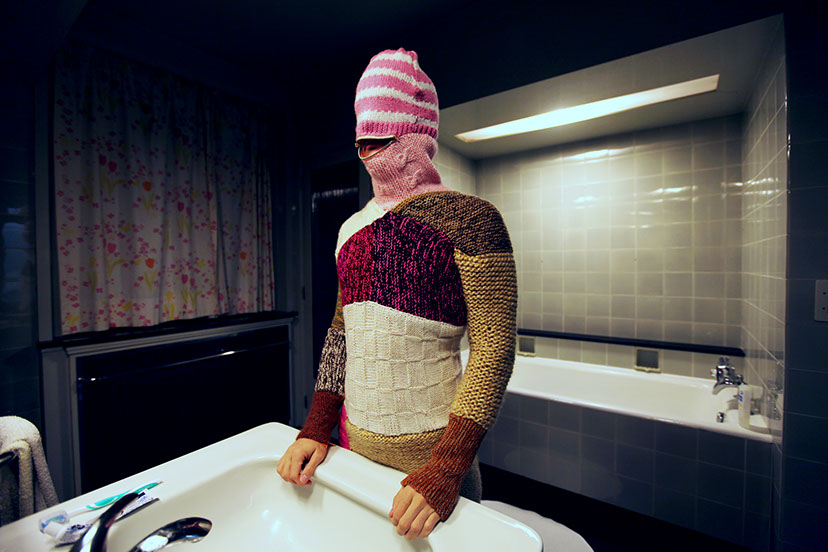
The Wrong Biennale was born in 2013 as the digital alternative to traditional ways of showcasing art. What made you realise this biennale needed to exist?
The Wrong was an act of faith that got many friends and artists together somehow to believe that in the near future, all institutions would have a digital side, an even more important culture driver in terms of reach and visitation than the physical ones, for its obvious space and budget limitations. I can still see this happening very soon, if not happening as we speak. The Wrong is living proof there are alternative and very effective digital ways to organise, incite collaborations and showcase art in a non-elitist structure and positive environment, and reach art exhibition excellence.
Ten years have gone by since. How do you think The Wrong has evolved?
The Wrong has grown up, literally. There are seven times more artists and curators participating compared to the first one. Global coverage in both participation and audience. Institutional recognition. Press appraisal and the continuous generosity of artists and curators from around the world gather together every two years and help build the largest and most culturally diverse art event ever, over and over again. In an era defined by globalisation, where technology has shrunk the world and cultures increasingly intermingle, The Wrong Biennale emerges as a platform that transcends borders and serves as common ground for all cultures.
This “exhibition of exhibitions” challenges the traditional boundaries of physical space, facilitating a global conversation that celebrates diversity, challenges preconceptions, and unites artists and art lovers from around the world.
What can we see in this 6th edition that we didn’t see two years ago?
This new edition evolves on how we display and prioritise what the visitor encounters first, giving back the main stage to the pavilions and embassies, and unifying all featured content in one page. We also highlight one pavilion or embassy a day both on the home site as well as through our social media. And present our own TV channel simply entitled Television, an option for the audience who wants to just watch, as an alternative to the possible anxiety of diving into each curator’s blind date universe. Our objective is to build community, make as much curated art available as possible, and generate a global intercultural view. Just one click away.
What can’t we miss from this edition?
I would recommend engaging in the randomness of intuitive word picking and being open to experiencing whatever is behind that pavilion title you just clicked on. The Television pavilion is a good alternative and a more conventional approach to The Wrong. Most of the programming on Television comes from artists who submit their videos. Most of them did not have the opportunity to join any pavilion. Television is the open door for artists to join; it shows a curation of the uncurated, and much more
In the previous edition, Number 5, you managed to show the Wrong TV on Channel 180 on Portuguese television. How does The Wrong TV work in this edition?
The last edition made us think about how to distribute content and make it available to as many people as possible. The partnership with Canal180.pt was very fruitful in many aspects, not only distribution. They were key in many aspects, responsible for a big public, thanks to Joao, Nuno, Pedro and the rest of the team. In the past edition, we organised each pavilion with its channel on the entry page, but this had an unforeseen backlash that took away a big percentage of the visitation to the pavilion, which is the space and context the curators arranged to showcase the art.
In this new edition, as I said before, we are giving back the main stage to the pavilions and embassies. Unifying all TV activity in one single channel was our way to concentrate in one space the passive audience, but also activate more participation, as the open door for more artists to join this edition. You can watch television’s ongoing curated video selection as a live stream at https://thewrong.tv
International, independent, multicultural, decentralised and collaborative. This is a big deal to manage. How do you organise a worldwide biennale like this without dying in the attempt?
It is fun. Everyone involved makes it as easy, simple and positive as possible, so working for long periods of time is not a big deal, it is very rewarding. The Wrong Studio team; Graziela, Alejandra and Rafa are a joy to work with, and all curators and artists are in general very undemanding and grateful. I could not wish for a better job, and I plan to keep doing it for many more editions to come.
One of the features of The Wrong relies on the decentralisation of the project. How does The Wrong achieve this decentralisation?
We delegate the organisation and curation of pavilions and embassies to self-appointed curators. They also choose a narrative, a platform to showcase the works, if they make an open call or not. We let them all do their thing.
Apart from managing The Wrong, you are a curator, an artist, and a musician. You also have a background in the editorial world with Rojo Magazine and in cultural management with NOVA. Tell us about your current projects outside The Wrong.
I try to build for myself the world I would care to live in; including what I would like to read, to listen, to see and to experience, with the collaboration and company of talented friends. I still hold my writer flag in such uncreative times for literature, and I am working on a new abstract literature book. Also I am working now on the foundation of a new artistic stunt collective, together with a few of the usual suspects, that aims to deliver creative experiences that transcend space, sound, light and time.
The 6th edition of The Wrong Biennale also brings along a publication to celebrate the 10th anniversary of the biennial. Tell us more about the Book.
Book is the printed pavilion of the 6th edition of The Wrong. A stereo-visual almanack composed of new works from artists participating in The Wrong Biennale, but also open for all artists to submit new works and images. Anyone interested in knowing more about Book and how to submit art to be published may check the guidelines and additional information at the wrong biennale website (and at the end of this article)
What inspires you?
Chaos, variety, light, odd making and love.
What’s the usual procedure for artists who would like to be part of The Wrong?
The Wrong is open to new pavilions and accepts new artists until the very last day of the event. All guidelines and info are at https://TheWrong.org/open-call
Another of the peculiarities this biennale embraces is its digital exposure. However, it also keeps space for a physical and more traditional way through the embassies. How do these work?
A curator builds a show or an event to present a pavilion or complementary exhibition in a physical space. Presents works on both the virtual and the physical following the guidelines.
What do you think it’s your chief enemy of creativity?
I have an army of enemies against me: Conformity disguised as experience. Sadness. Time-consuming repetitive housework. Waste screen time. News, good, bad… or any kind. Self-isolation and victimisation. Depression. Empty words. Stillness. Impostor syndrome. Extreme weather. Uber-like driving. Supermarkets. TV series. Reels. Low battery.
And you couldn’t live without…?
Good intentions, curiosity, weird music, chocolate and the internet.

